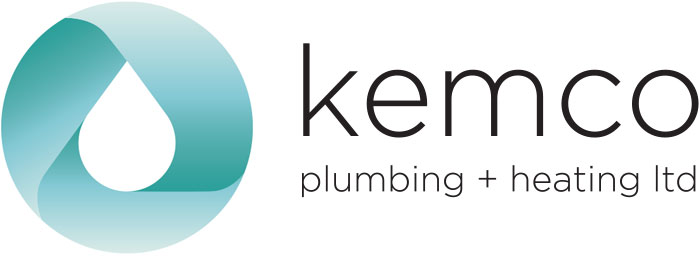
Are you renovating your home, planning a new bathroom or disposing of radiators or looking at an alternative way to heat an extension to your home? Have you considered underfloor heating?
Underfloor heating is an ideal solution to heat a wetroom as tiles are a good conductor of heat and, its invisibility ensures that tiling on walls and floors are continuous. Your wetroom drainage will need to be adequate, and the walls and floor tanked. Another popular area for installing underfloor heating is below a large open plan kitchen/dining room. Underfloor heating is an extremely effective way to heat your home or, part of your home. Underfloor heating is growing in popularity and can effectively heat any size room. Not only is underfloor heating invisible, but its compatibility with most types of flooring provides an even heat. You can also zone different areas and control each area through a central thermostat.Types of underfloor heating
There are two systems to choose from: a wet system or a dry system, water or electric. Every underfloor heating project is different, and we would always recommend the most efficient and cost-effective system for your project.Wet underfloor heating system (water)
The wet system is when water is heated and pumped through pipes embedded below the floor. A wet system is generally cheaper to run than electric heating and cheaper to install in new builds and full refurbishments. A water underfloor heating system can be run using low energy usage heat pumps, and the system can be remotely controlled via PC, iPad or mobile phone. This system is the best system for a large area or multiple rooms.Dry underfloor heating (electric)
Electric underfloor heating is relatively easy to install and cheaper in smaller areas such as a bathroom or small kitchen. It can be retrofitted in an existing home without too much disruption, and the floor height increase can be as little as 3 mm. There is a choice of different wattage options. If you are installing a wet system – ask about pipe guarantees. You should be looking at a guaranteed 50-year lifespan in accordance with industry standard DIN 4726, but it is possible to get a 100-year guarantee if this is important to you.Best floor coverings for underfloor heating
Warm water underfloor heating works well with many floor coverings including wood, types of vinyl and carpet. Tiles are the most thermally conductive and transfer heat to the floor surface quickly and efficiently. Tiled floors are a very popular choice in kitchens and bathrooms. Engineered wood floors can be laid directly over underfloor heating systems – as a floating floor, or nailed to battens or joists.
When laying carpets, use an underlay that is not a good thermal insulator as this will allow the heat to pass easily through the layer and into the carpet. Felt and polyurethane underlays should be avoided as they affect the transfer of heat.







